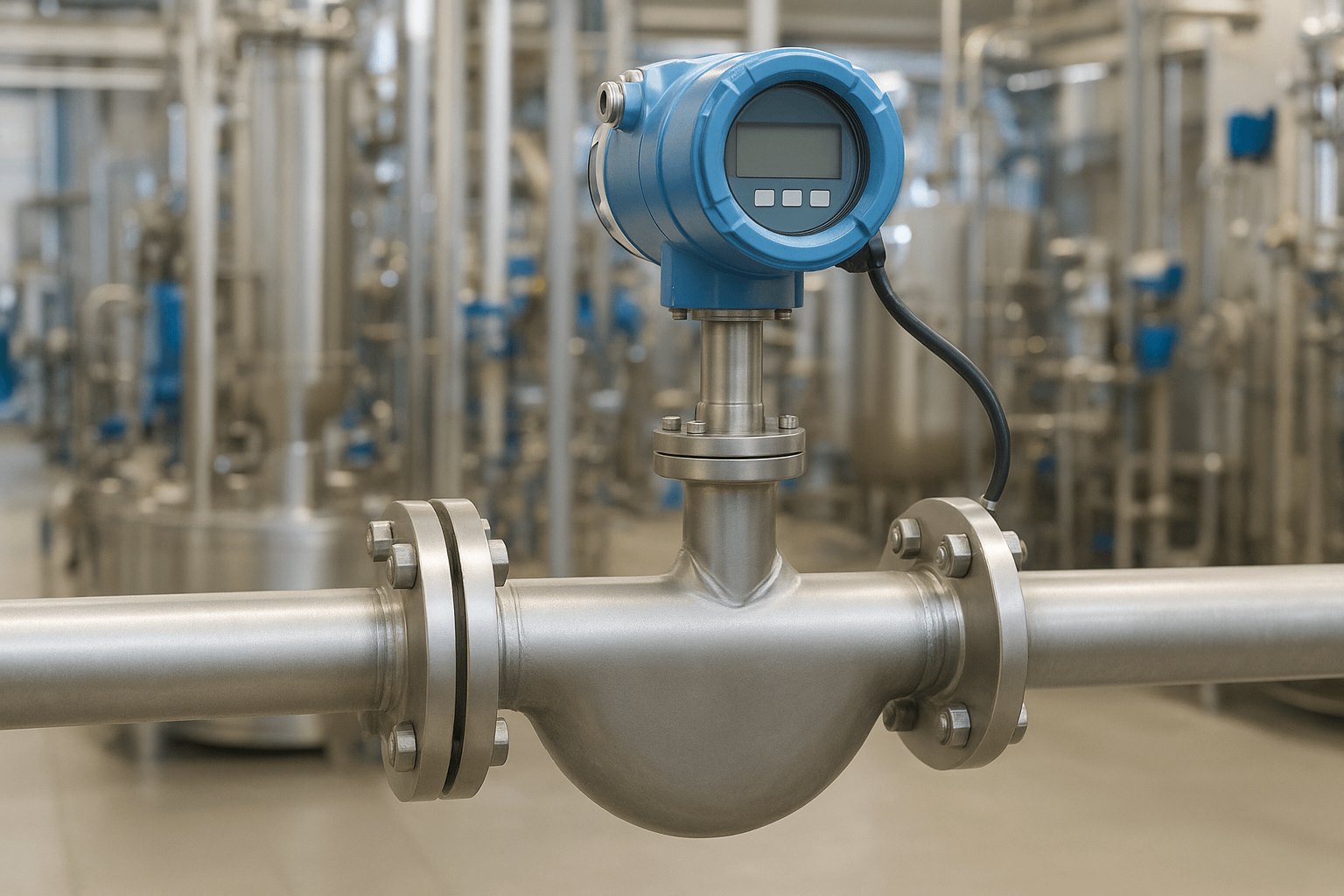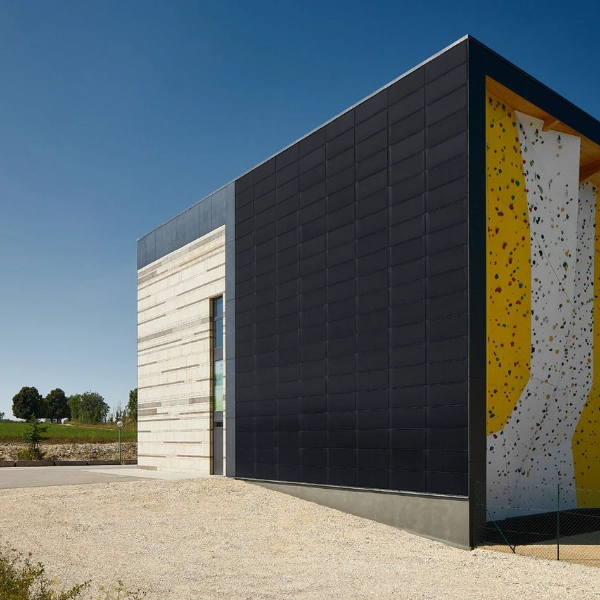The Fundamental Principles of Refrigeration: Unlocking the Secrets of Cooling Technology
Refrigeration is an essential technology that has revolutionized the way we preserve and store perishable goods. From keeping our food fresh to enabling advanced medical procedures, the basic theory of refrigeration underpins numerous industries. In this article, we will delve into the fundamental principles of refrigeration, exploring the intricate mechanisms that make cooling possible.
- The Concept of Heat Transfer:
At the core of refrigeration lies the concept of heat transfer. Heat naturally flows from areas of higher temperature to lower temperature. Refrigeration systems exploit this principle to remove heat from a designated space, thereby lowering its temperature. - The Role of Refrigerants:
Refrigerants play a crucial role in the refrigeration process. These specialized substances possess unique thermodynamic properties that allow them to change states at low temperatures. Common refrigerants, such as hydrofluorocarbons (HFCs) or hydrochlorofluorocarbons (HCFCs), undergo phase transitions from gas to liquid and vice versa, absorbing and releasing heat in the process. - The Vapor Compression Cycle:
The vapor compression cycle is the foundation of most refrigeration systems. It consists of four main components: a compressor, a condenser, an expansion valve, and an evaporator. The cycle begins with the compressor, which pressurizes the refrigerant gas, raising its temperature. The hot, high-pressure gas then flows into the condenser, where it releases heat to the surroundings and condenses into a liquid. The liquid refrigerant then passes through the expansion valve, which reduces its pressure, causing it to evaporate and absorb heat from the surrounding environment. Finally, the low-pressure gas enters the evaporator, where it absorbs heat from the desired space, cooling it down. The cycle repeats as the refrigerant returns to the compressor. - Energy Efficiency and Environmental Considerations:
As energy efficiency and environmental sustainability become increasingly important, refrigeration systems have evolved to address these concerns. Modern refrigeration technologies incorporate innovative designs, such as variable speed compressors and heat recovery systems, to optimize energy usage. Additionally, the phase-out of ozone-depleting substances, such as chlorofluorocarbons (CFCs), has led to the development of more environmentally friendly refrigerants with lower global warming potential.
Conclusion:
Understanding the basic theory of refrigeration is crucial for various industries that rely on cooling technology. From the principles of heat transfer to the intricacies of the vapor compression cycle, this article has provided a comprehensive overview of the fundamental concepts behind refrigeration. By continually advancing our knowledge and embracing sustainable practices, we can ensure the efficient and responsible use of refrigeration systems, benefiting both our daily lives and the environment.





